The Mark of Zorro (1940)
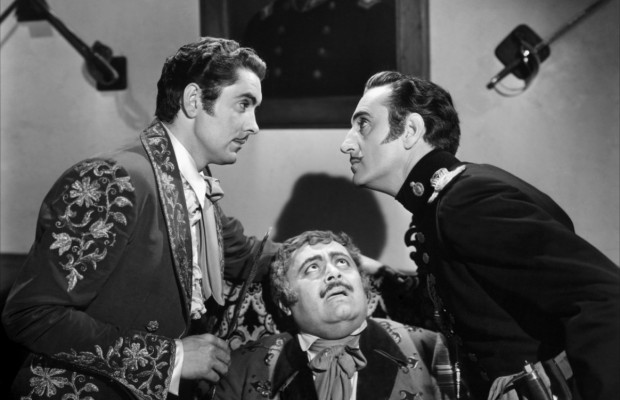
Toronto Film Society presented The Mark of Zorro (1940) on Sunday, December 1, 1985 in a double bill with Beau Geste as part of the Season 38 Sunday Afternoon Film Buffs Series “A”, Programme 3.
Production Company: 20th Century-Fox. Producer: Raymond Griffith. Director: Rouben Mamoulian. Assistant Director: Sidney Bowen. Script: John Tainton Foote, based on the novel The Curse of Capistrano by Johnston McCulley, adapted by Garrett Fort, Bess Meredyth. Director of Photography: Arthur Miller. Editor: Robert Bischoff. Art Directors: Richard Day, Joseph C. Wright. Set Decorator: Thomas Little. Music: Afred Newman. Costumes: Travis Banton. Sound: W.D. Flick, Roger Heman.
Cast: Tyrone Power (Diego), Linda Darnell (Lolita Quintero), Basil Rathbone (Captain Esteban Pasquale), Gale Sondergaard (Inex Quintero), Eugene Pallette (Father Felipe), J. Edward Bromberg (Dom Luis Quintero), Montagu Love (Don Aleandro Vega), Janet Beecher (Senora Isabella Vega), Robert Lowery (Rodrigo), Crispin Martin (Turnkey), George Regas (Sergeant Gonzales), Belle Mitchell (Maria), John Bleffer (Pedro), Frank uglia (Cafe Proprietor), Eugene Borden (Officer of the Day), Pedro de Cordoba (Don Miguel), Guy d’Ennery (Don Jose), Ralph Byrd.
Moving over to 20th Century-Fox for the first of three films he made there, Rouben Mamoulian filled a curious gap in his eclectic choice of subjects. Despite his gift for movement and brilliant visual flair, he had not yet tackled a real action picture, a cloak-and-sword swashbuckler. The Mark of Zorro rectified the omission so well that it is one of the masterpieces of the genre, while at the same time transcending it.
Like our first film of the afternoon, The Mark of Zorro, was remade from a silent film version directed by Fred Niblo, and starring Douglas Fairbanks, Sr., and Noah Beery. The debate, as also with our first film, still rages as to which film is better. Many critics, then and now, still prefer the 1920 version, because of a whirlwind of stunts and chases. Tyrone Power, they said, was tame stuff by comparison, unable to match the spring-heeled Fairbanks athletics. Power was a much better actor than he was given credit for at the time, perfectly suggesting the role of the hero. What many critics failed to notice were the film’s superior production values and Mamoulian’s superb use of his camera and cunning editing which did the swashbuckling for Tyrone Power.
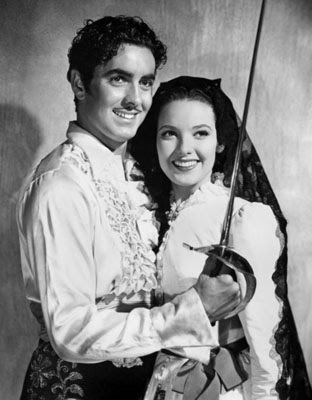
A perfect example is Zorro’s arrival in the palace to terrorize the corrupt Governor and his subsequent escapes pursued by Captain Pasquale’s men. If one notices, Zorro does very little, his actions being suggested by sudden camera movements. Also the scene is comprised of a series of brief shots, yet it appears to be one continuous movement.
Mamoulian’s films were always marked by his artistic style. His photographer, Arthur Miller, whose black and white images were so crisp and well lit that they suggest colour, and a musical score by Alfred Newman that matched Mamoulian’s brisk pace enhance this film. But unfortunately Mamoulian had a lot of trouble with different studios and producers, especially late in his career being fired or replaced on a number of projects. Mamoulian was valued chiefly as an innovator who broke the sound barrier to liberate both camera and soundtrack in Applause (1929), who experimented with subjective sound in City Streets (1931), subjective camera in Dr. Jekyll and Mr. Hyde (1931), non-realistic sound in Love Me Tonight (1932), and used the first three-colour Technicolor process in Becky Sharp. Otherwise the career of Mamoulian can be summed up, not unfairly, by Andrew Sarris (The American Cinema): “Mamoulian’s tragedy is that of the innovator who runs out of innovations.”
The Mark of Zorro is among the finest examples of its genre. One of its great assets is Basil Rathbone. Using his dialogue with perfect diction and bristling with malevolence, he was among a few actors who could really excel at swordplay.
Notes by Fred Cohen

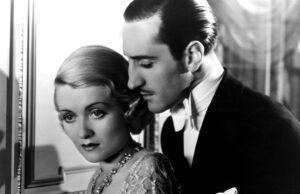
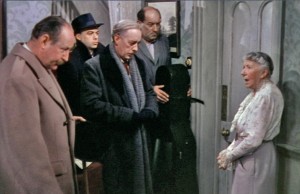
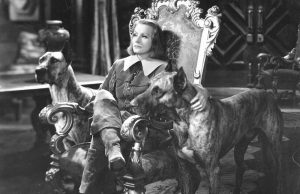






Leave a Reply